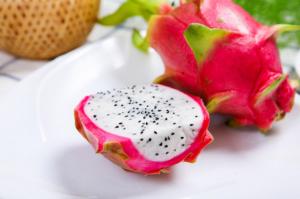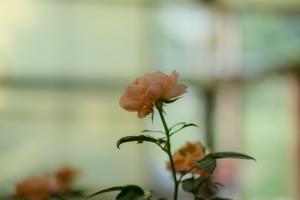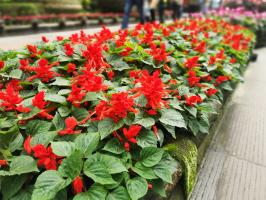How to Plant Fig Trees in Washington State
Fig trees are a popular fruit-bearing tree that can thrive in Washington State. With their sweet, juicy fruit and attractive foliage, fig trees can be a great addition to your garden. Planting a fig tree can be intimidating, but with a little knowledge, it can be easy and enjoyable. This article will guide you through the process of planting fig trees in Washington State.
Choosing the Right Variety
The climate in Washington State can vary, so it is important to select a fig tree variety that is well adapted to your area. Some popular varieties of fig trees include Brown Turkey, Black Mission, and Celeste. These varieties are known to do well in Washington State, but there are many other varieties to choose from.
When you are selecting a variety, make sure to choose one that is self-pollinating, especially if you only have space for one tree. Self-pollinating varieties do not require a second tree for cross-pollination, making them perfect for smaller gardens.
Preparing the Soil
Fig trees require well-draining soil that is rich in organic matter. Before planting, prepare the soil by adding compost and other organic matter to improve soil texture and nutrient content. If your soil is heavy with clay, consider adding sand or other amendments to increase drainage.
It is also important to ensure that the soil pH is between 6.0 and 6.5. If your soil is too acidic, add lime to raise the pH. On the other hand, if your soil is too alkaline, add sulfur to lower the pH.
Planting the Tree
When planting a fig tree, choose a location that receives full sun and has good drainage. Dig a hole that is twice the diameter of the root ball and deep enough to accommodate the entire root system. Make sure that the top of the root ball is level with the surrounding soil.
After planting, water the tree deeply and add a layer of mulch to help retain moisture in the soil. It is also important to stake the tree to provide support until it is established.
Caring for the Tree
Fig trees require regular watering during the growing season, especially during hot, dry weather. Water the tree deeply, making sure that the soil is soaked to a depth of at least 6 inches. Avoid getting water on the leaves or fruit, as this can promote disease and rot.
Pruning is also important for maintaining the health and productivity of your fig tree. In the late winter or early spring, remove any dead, diseased, or crossing branches. This will allow more light and air to reach the center of the tree, promoting healthy growth and fruit production.
Harvesting the Fruit
Figs are ripe for harvest when they are soft to the touch and the skin has a slight crack. Once harvested, figs can be eaten fresh or preserved by drying or canning.
Planting a fig tree in Washington State can be a rewarding experience. With a little effort and care, you can enjoy the sweet, juicy fruit of your very own fig tree for years to come.

 how many times do yo...
how many times do yo... how many planted tre...
how many planted tre... how many pine trees ...
how many pine trees ... how many pecan trees...
how many pecan trees... how many plants comp...
how many plants comp... how many plants can ...
how many plants can ... how many plants and ...
how many plants and ... how many pepper plan...
how many pepper plan...





























